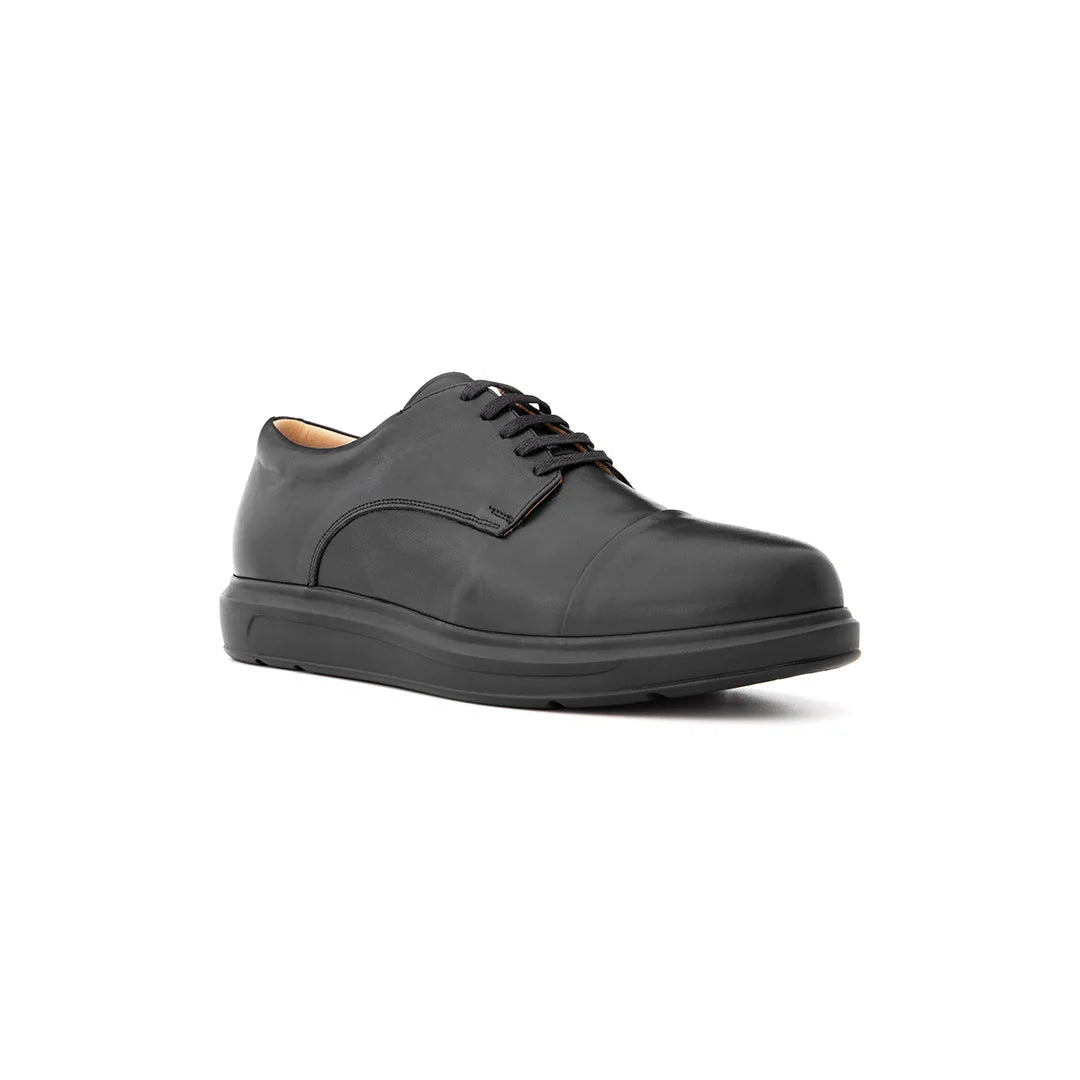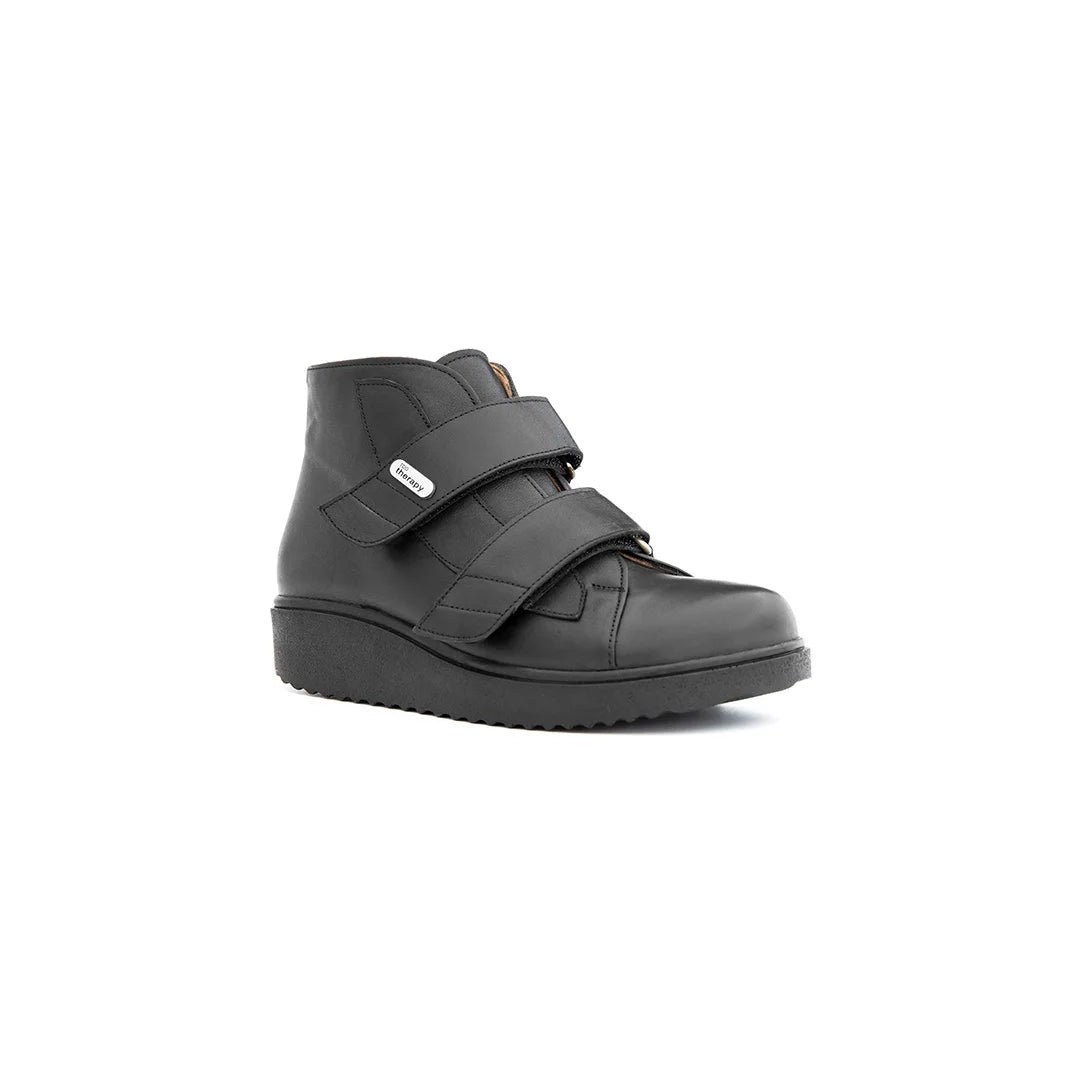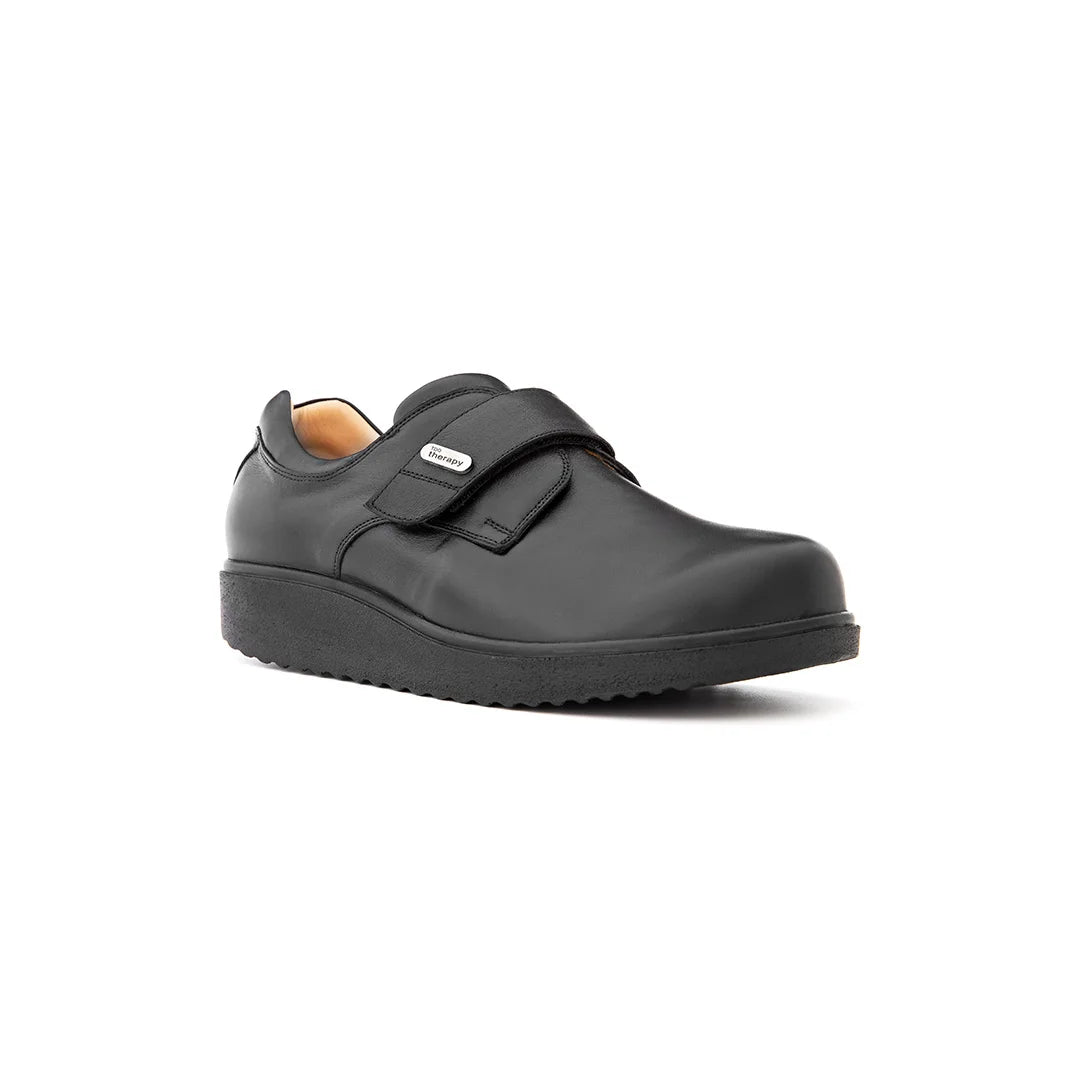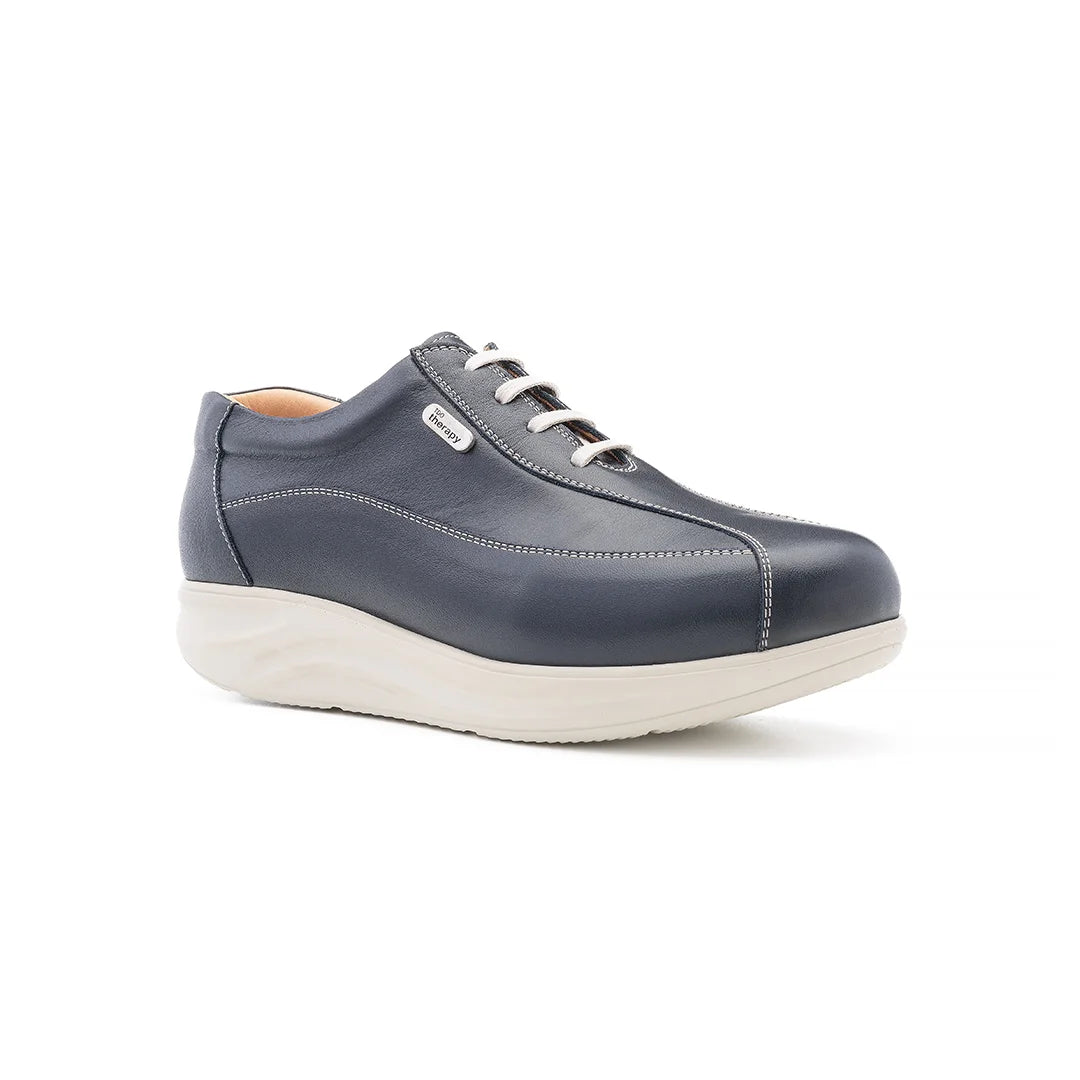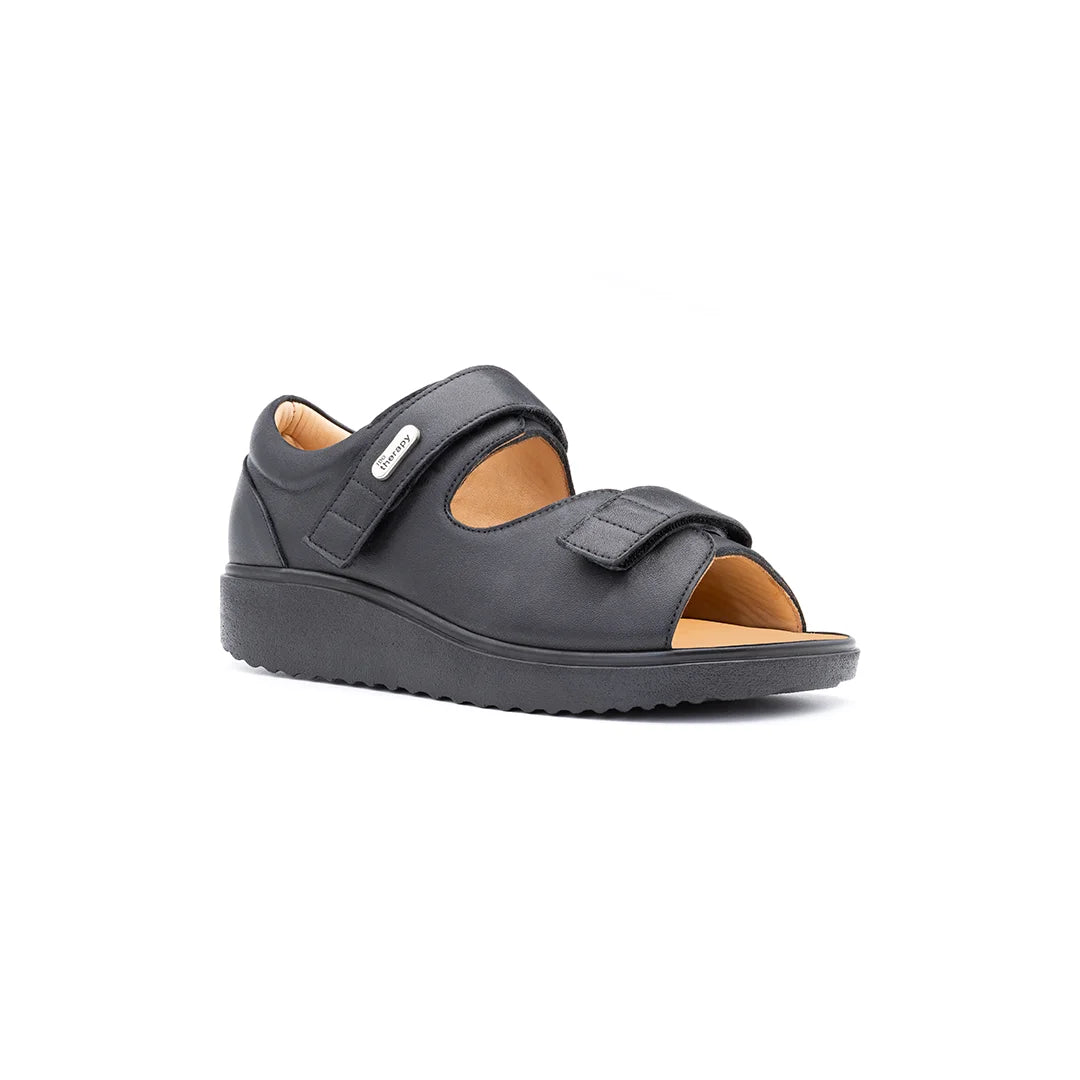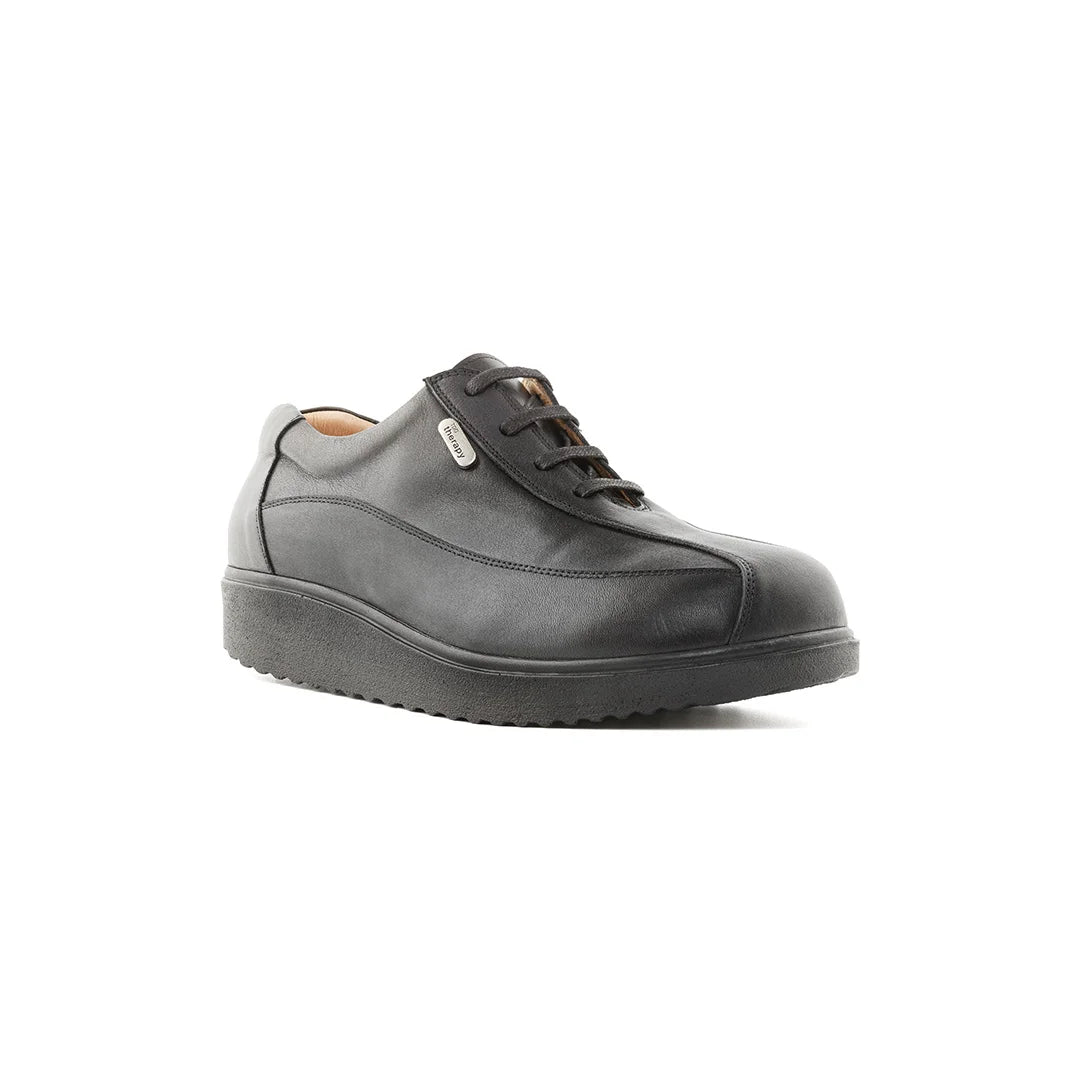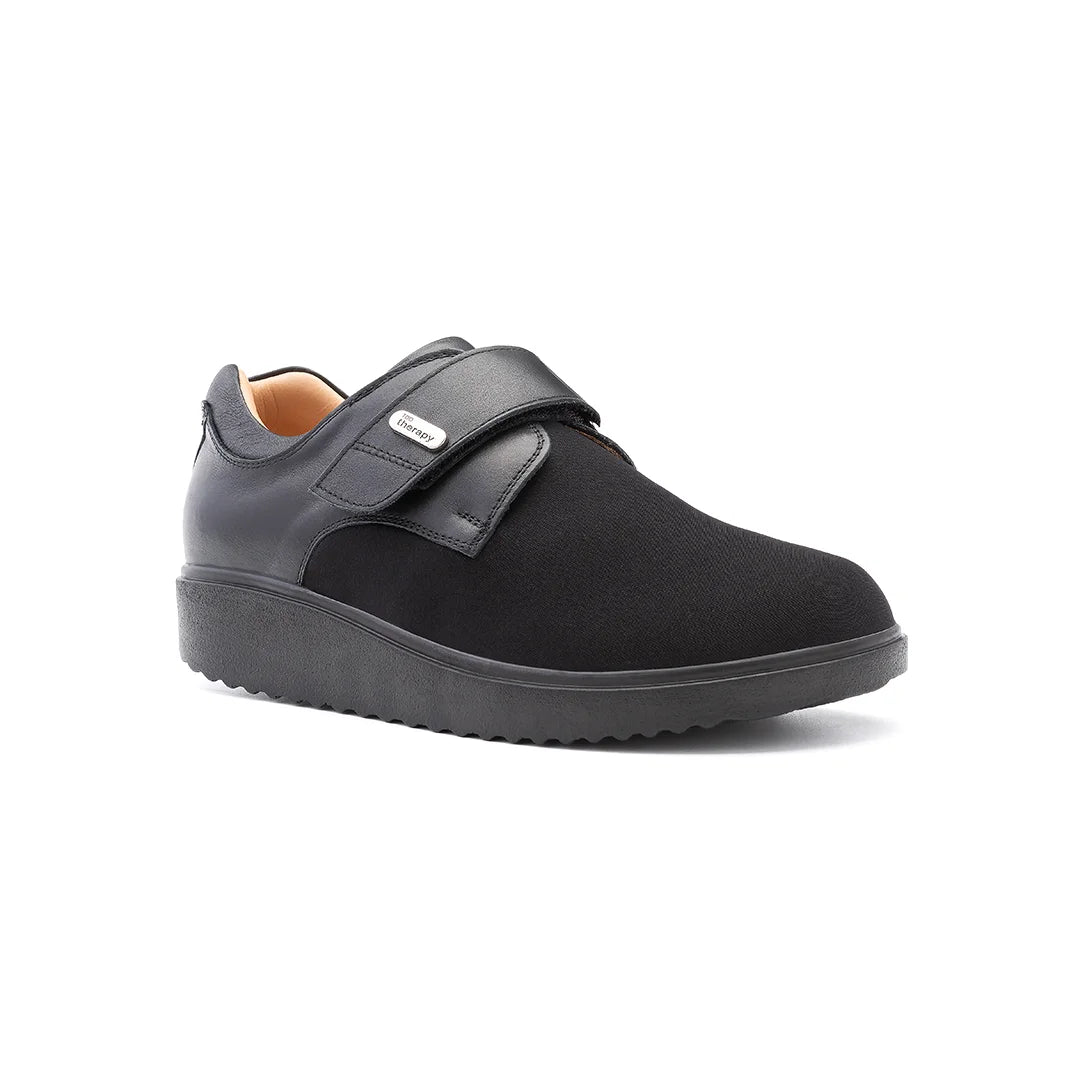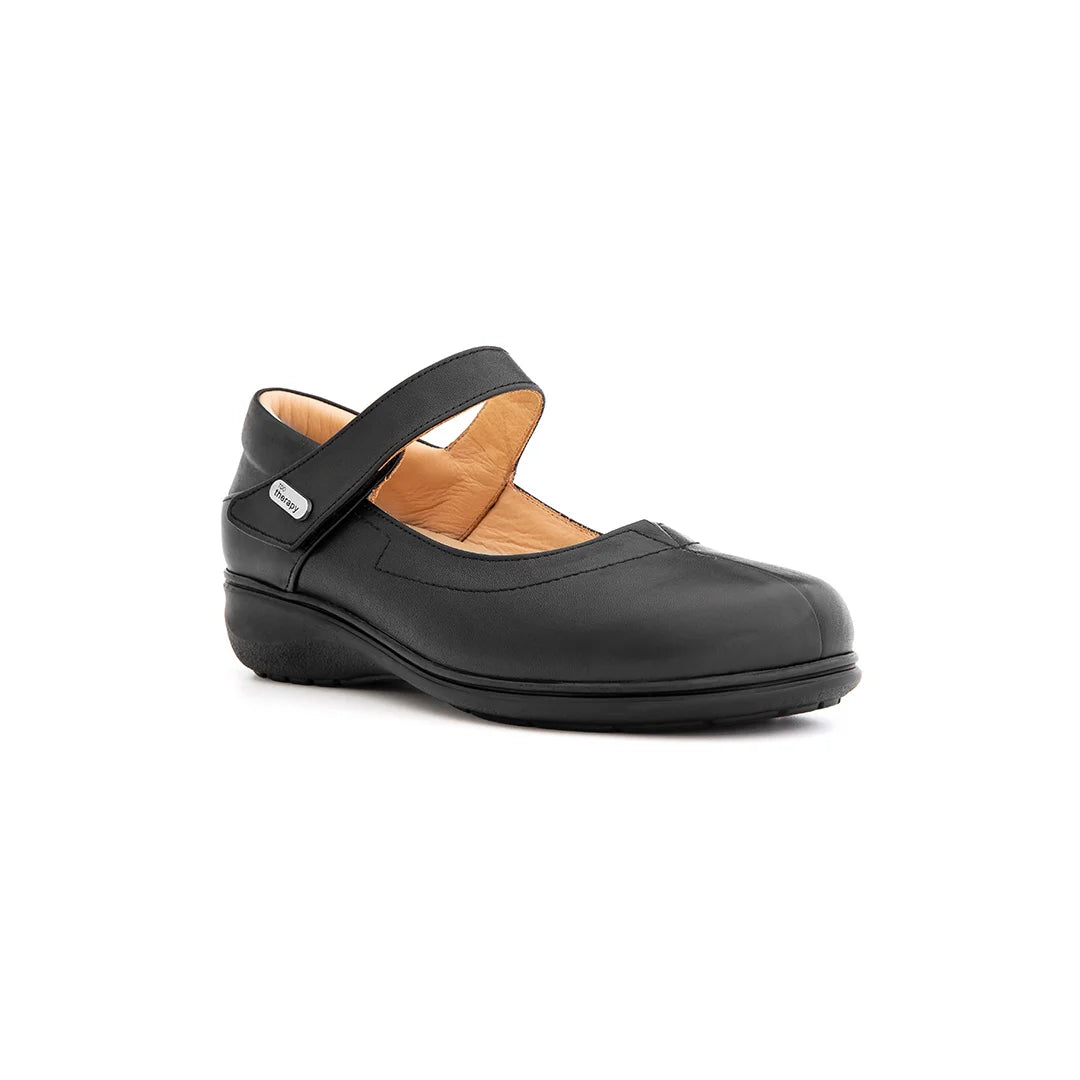Looking after your feet is super important when you have diabetes. It might not seem like a big deal, but small problems can become really serious if you don't catch them early. Things like nerve damage and poor circulation mean you might not feel cuts or sores, which can then get infected. This article gives you seven simple diabetic foot care tips to help keep your feet healthy and avoid those nasty complications.
Key Takeaways
- Always check your feet every day for any changes.
- Wear socks that fit well and are made from the right material.
- Make sure your shoes are comfortable and offer good support.
- Never go without socks when you're wearing shoes.
- Talk to your doctor about whether compression stockings are right for you.
1. Daily Foot Checks
Okay, so, first things first, let's talk about checking your feet every single day. It might sound like a bit of a drag, but trust us, it's super important, especially when you're dealing with diabetes. We're not just talking a quick glance here; we mean a proper, thorough inspection.
We need to be on the lookout for anything out of the ordinary.
Think about it like this:
- Cuts, even tiny ones, can become a real problem if you don't spot them early.
- Blisters are another thing to watch out for. They might seem harmless, but they can quickly turn nasty.
- Redness or swelling? Definitely something to keep an eye on.
- Calluses and corns can also cause issues if they get too thick or start to break down.
We find it easiest to do this after a shower or bath, when our feet are clean and soft. Grab a mirror if you can't quite see the soles of your feet properly. It's all about getting to know your feet and noticing any changes as soon as they happen. Early detection is key to preventing bigger problems down the line.
And if you do spot something that doesn't look right, don't just ignore it and hope it goes away. Get it checked out by a healthcare professional as soon as possible. It's always better to be safe than sorry, right?
2. Appropriate Socks
Socks, who knew they could be so important? But seriously, when you've got diabetes, the socks you choose can make a real difference. It's not just about keeping your feet warm; it's about protecting them and preventing potential problems.
- Choosing the right socks is vital for foot health.
- Look for socks that aren't too tight, as they can restrict circulation.
- Seam-free socks are a good shout to avoid rubbing and irritation.
We've found that opting for socks made from synthetic materials or wool can help wick away moisture, reducing the risk of skin breakdown and infections. Light-coloured socks are also a good idea, as they make it easier to spot any bleeding or drainage from cuts or ingrown toenails. It's all about being proactive and taking those extra steps to look after your feet.
3. Proper Footwear
Finding the right shoes is a big deal when you're managing diabetes. We're not just talking about comfort here; it's about protecting your feet from potential injuries that you might not even feel, thanks to neuropathy. So, let's get this right.
Getting properly fitted for shoes is essential. Online shopping is great, but for this, you really need to go to a shop and get your feet measured. Make sure there's enough room – about a thumbnail's width – between your longest toe and the end of the shoe. This prevents your toes from getting squashed, which can lead to blisters and ulcers.
Wearing the right shoes can make a huge difference in preventing foot problems. Ill-fitting shoes can cause pressure points, blisters, and calluses, all of which can quickly turn into something more serious if you have diabetes.
Here are a few things we always keep in mind:
- Avoid pointy shoes: They cramp your toes.
- Look for wide toe boxes: More room for your toes to wiggle.
- Check the insides: Make sure there are no rough seams or edges that could rub and cause irritation.
4. Socks With Shoes
It sounds obvious, but it's a point worth hammering home: never, ever put shoes on without socks. Seriously, we can't stress this enough. Doing so is just asking for trouble, especially if you've got diabetes.
Friction is the enemy here. Without that sock barrier, your foot is rubbing directly against the inside of your shoe. This can lead to blisters, sores, and all sorts of nasty things. Plus, socks help absorb moisture. Without them, your feet are swimming in sweat, which creates the perfect breeding ground for fungal infections. Not a pretty picture, is it?
Even indoors, we should be slipping on a pair of socks before putting on our slippers or shoes. It's a simple habit that can make a big difference in preventing foot problems down the line. Think of it as a little bit of extra insurance for our feet.
So, ditch the barefoot look, even when it's tempting. Our feet will thank us for it.
5. Compression Stockings
Okay, so compression stockings might not be the height of fashion, but they can be a real game-changer, especially if you're dealing with any kind of swelling or circulation issues in your legs and feet. We've found they can make a noticeable difference in how our feet feel at the end of the day.
- They help improve blood flow: Compression stockings gently squeeze your legs, encouraging blood to flow back up towards your heart. This is super helpful if you're on your feet a lot or have venous insufficiency.
- Reduce swelling: By improving circulation, these stockings can help reduce swelling in your feet and ankles. This is especially useful if you experience swelling due to diabetes-related complications.
- Provide support: They offer extra support to your leg muscles, which can be beneficial if you have varicose veins or a history of blood clots.
It's worth chatting with your doctor or podiatrist before you start wearing compression stockings. They can advise on the right level of compression and ensure they're suitable for your specific needs. Getting the right fit is key to avoid any discomfort or potential problems.
6. Foot Washing
We all know the importance of keeping clean, but when you've got diabetes, it's extra important to pay attention to your feet. Let's talk about how we should be washing our feet to keep them healthy and avoid any nasty complications.
- Use lukewarm water – not too hot, not too cold. Think Goldilocks.
- Use a mild soap. Harsh soaps can dry out your skin, which we want to avoid.
- Gently wash your feet every day, making sure to get between all your toes.
After washing, make sure we thoroughly dry our feet, especially between the toes. Dampness can lead to fungal infections, and we definitely don't want that. A soft towel and a bit of patience are our best friends here.
7. Toenail Trimming
Alright, let's talk toenails. It might seem like a small thing, but how we trim our toenails can actually make a big difference, especially when we're managing diabetes. We've all been there, a quick snip here and there, but with diabetes, we need to be a bit more careful.
- Trim straight across: This is the golden rule. Avoid cutting the corners or sides of your toenails. This helps prevent ingrown toenails, which can be a real pain and lead to infections.
- Use proper tools: Invest in a good pair of nail clippers. Make sure they're clean and sharp. Dull clippers can tear the nail, which isn't ideal.
- File the edges: After clipping, use a nail file to smooth any rough edges. This prevents the nail from catching on socks or shoes, which can cause irritation or injury.
- Don't cut too short: Leave a little bit of nail. Cutting too short can also lead to ingrown toenails or infections.
- If you can't see or reach your feet: Ask someone else to do it, or see a podiatrist. It's better to be safe than sorry.
If we're finding it difficult to manage our toenails ourselves, or if we've noticed any changes in our feet, it's always a good idea to see a podiatrist. They can give us advice and treatment to keep our feet healthy.
Conclusion
So, there you have it. Looking after your feet when you have diabetes is a big deal, and it really can make a difference. Things like checking your feet every day, wearing the right shoes, and making sure your toenails are cut properly might seem small, but they add up. It's all about being on top of things and not letting little problems turn into bigger ones. If you keep these tips in mind, you're doing a lot to keep your feet healthy and avoid any nasty surprises down the line. It's just about being a bit careful and consistent, really.
Frequently Asked Questions
Why should I check my feet every day if I have diabetes?
It's super important to check your feet every day for any cuts, scrapes, blisters, or red spots. Use a mirror if you can't see the bottoms of your feet easily. Catching problems early helps stop them from getting worse.
What kind of socks should I wear if I have diabetes?
Socks are a must, even indoors! They protect your feet from tiny injuries you might not feel because of nerve damage. Look for socks that fit well, aren't too tight, and are made from materials that keep your feet dry, like special synthetic fabrics or wool. White or light-coloured socks are also good, as they show any blood or discharge if you have a cut.
How do I pick the right shoes for diabetic foot care?
Always wear shoes that fit properly and offer good support. It's best to get your feet measured and try on shoes in person, even if you like shopping online. Make sure there's a little space, about the size of your thumb nail, between your longest toe and the end of the shoe. This stops your toes from getting squashed.
Is it important to wear socks with my shoes?
You should always wear socks with your shoes. Going without socks can cause rubbing and friction, which leads to blisters and sores. Socks also soak up sweat, helping to prevent fungal infections. Even in warm weather, avoid going barefoot or wearing flip-flops, as they offer little protection.
When should I consider wearing compression stockings?
Compression stockings can be very helpful if you have swelling in your legs or feet, or if you have issues like varicose veins. They help with blood flow. Ask your doctor if they're right for you. If you do wear them, choose ones with open toes so you can easily check the colour and condition of your toes.
What's the best way to wash and trim my toenails?
Wash your feet daily with warm (not hot!) soapy water. Make sure to dry them thoroughly, especially between your toes, to stop moisture from building up and causing problems. When trimming your toenails, always cut straight across to prevent ingrown toenails, which can be painful and lead to infections.


